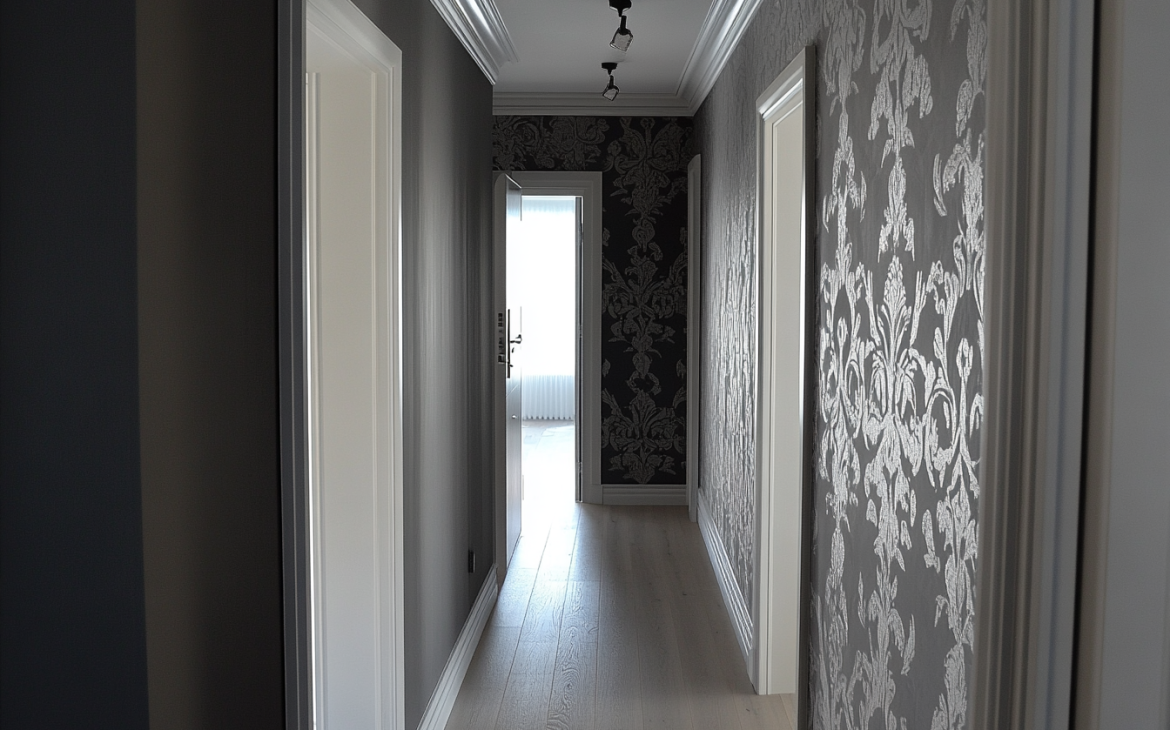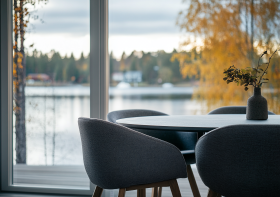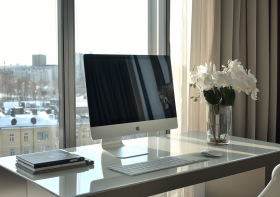Paint the Walls and Be Surprised! Here’s How Colors Influence Space and Atmosphere
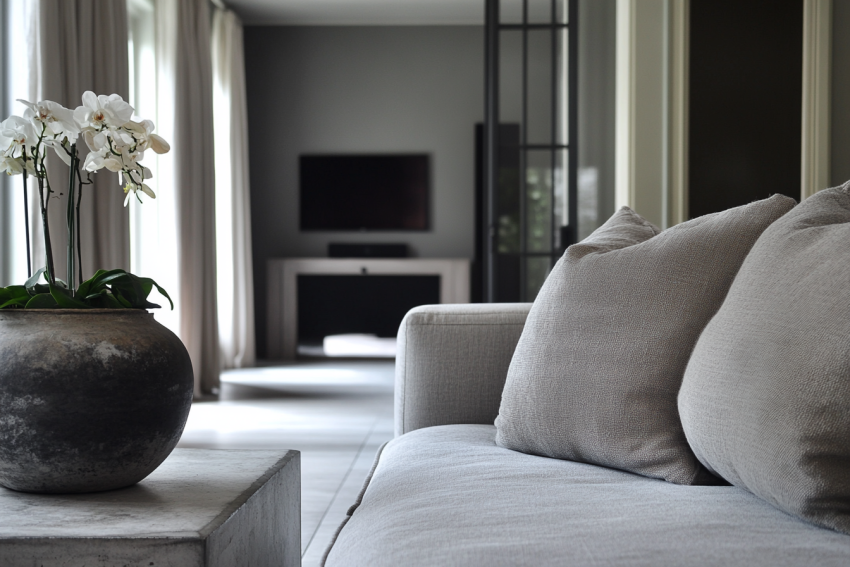
A paint color can change everything. Suddenly, a room feels larger, or your attention is drawn to a different spot than before. Read on to learn how colors affect the way a space is perceived.
In general, colors affect how space feels: light colors expand a room, while dark colors make it feel smaller. Dark and warm shades bring surfaces closer to the viewer. Large patterns can also make a space feel smaller. If you want to create an intimate atmosphere in a large room, choose a dark, muted shade for the walls. Dark colors can also make a bedroom feel cozy and nest-like. In a small space, an accent wall might be enough to achieve the desired effect.
Light and bright colors make a space feel larger. To maximize the sense of space, choose light shades that blend the ceiling, walls, and floor into one seamless whole. This works especially well in low spaces, such as attics. Skirting boards and door trims in the same color enhance this effect.
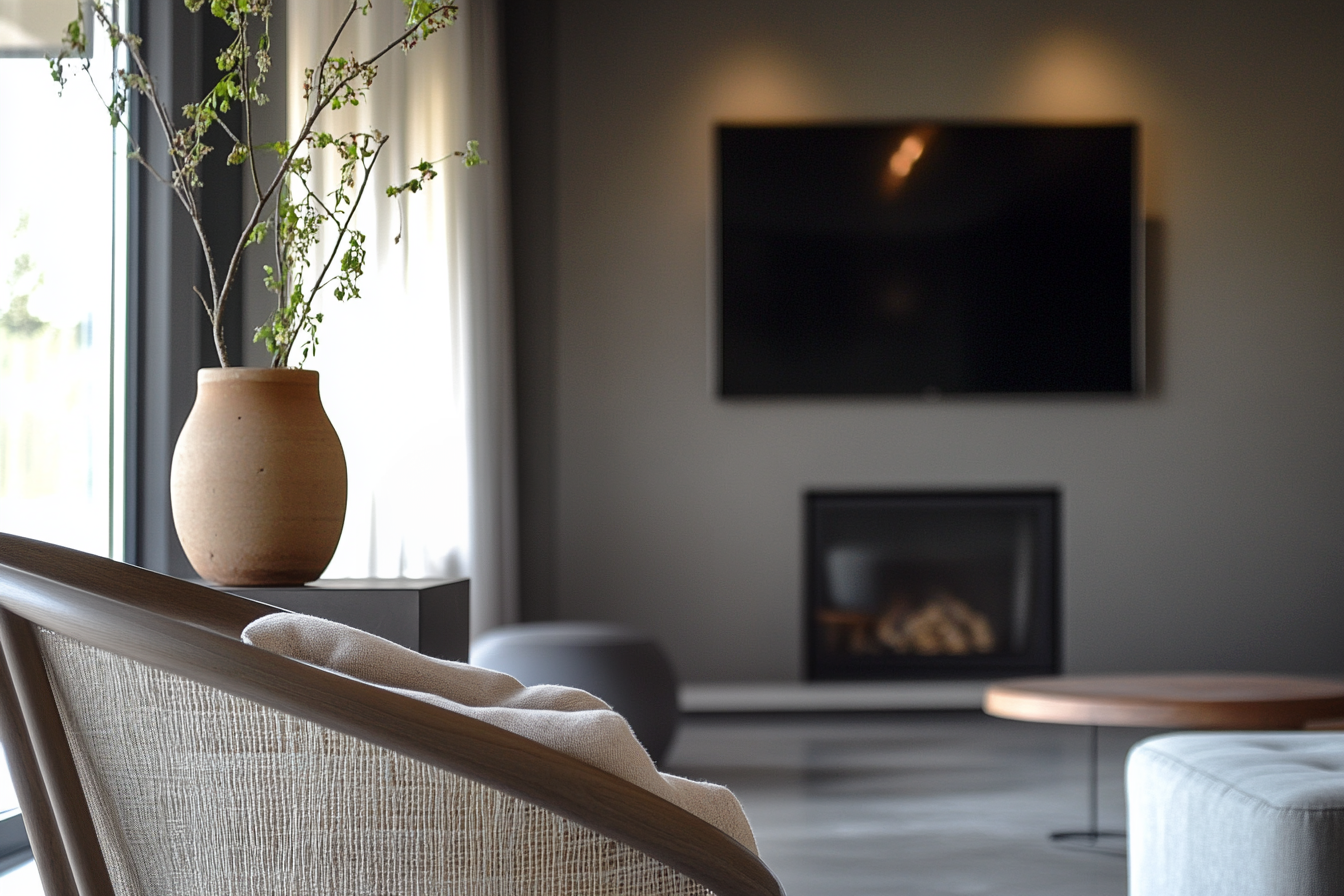
A narrow room will look bigger if opposite walls are painted in light, cool colors. Cool colors, such as blues, tend to recede from the viewer, making the space feel more open. You can break up the visual length of a long hallway by painting the end wall in a dark or bright color. A large pattern on the end wall can make the hallway appear shorter.
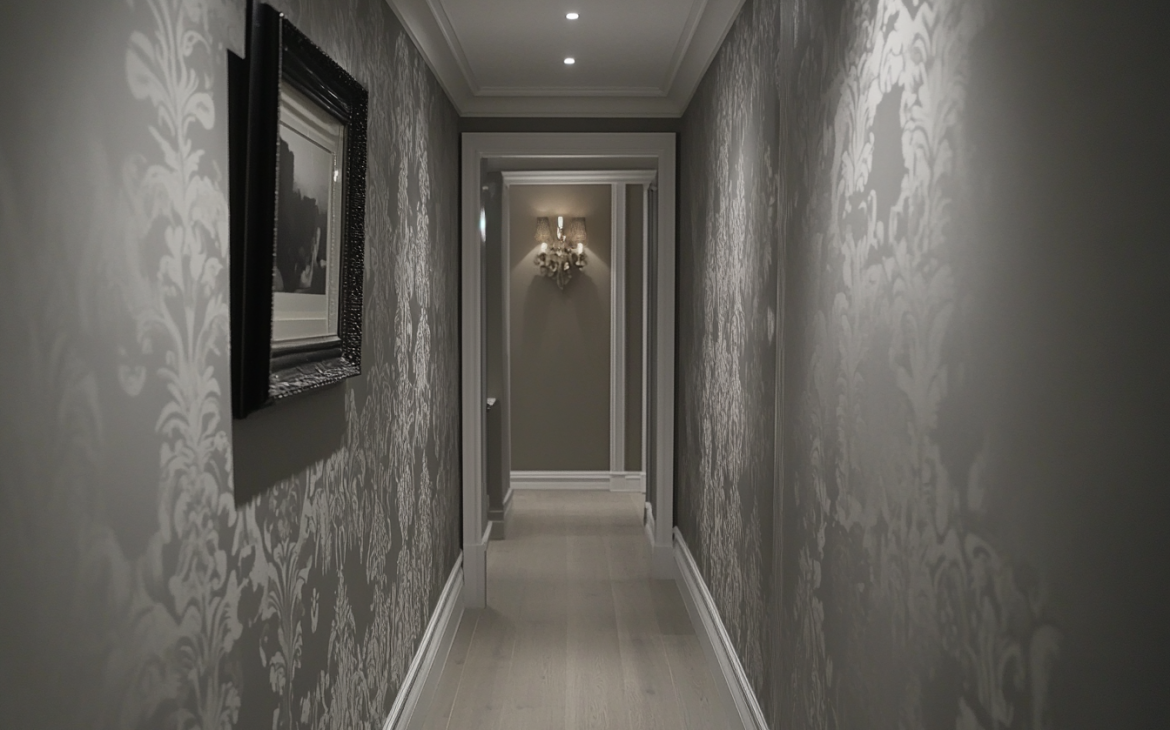
If you want to create the illusion of more height, paint the floor and lower part of the wall in a darker shade than the upper portion. This effect is further emphasized if you choose a cool color for the ceiling or extend the wall color slightly onto the ceiling. The room will feel lower if the ceiling is darker than the walls. The most natural progression is for the floor to be the darkest element, with colors lightening toward the ceiling.
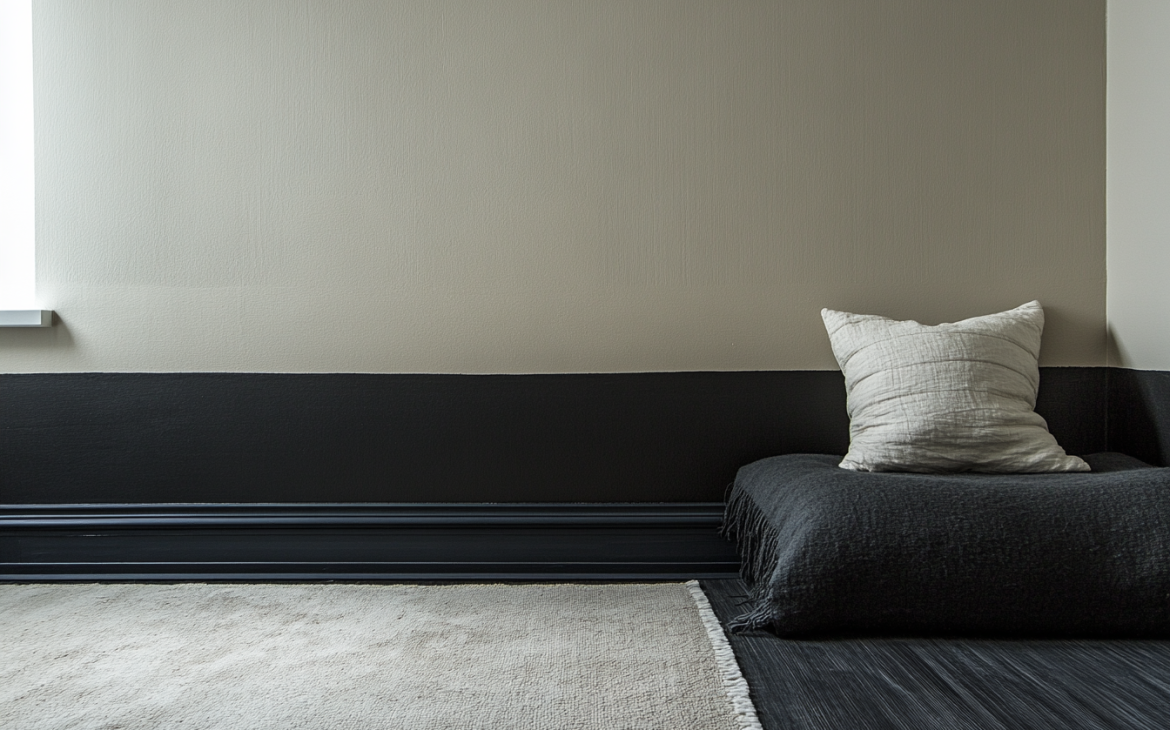
White is a good choice for small or dark rooms. White doesn’t automatically make a space feel larger, but it does brighten it. A completely white room may feel sterile, so add a touch of dark contrast to balance it out. To avoid a cold atmosphere, opt for a warm white rather than one with gray undertones.
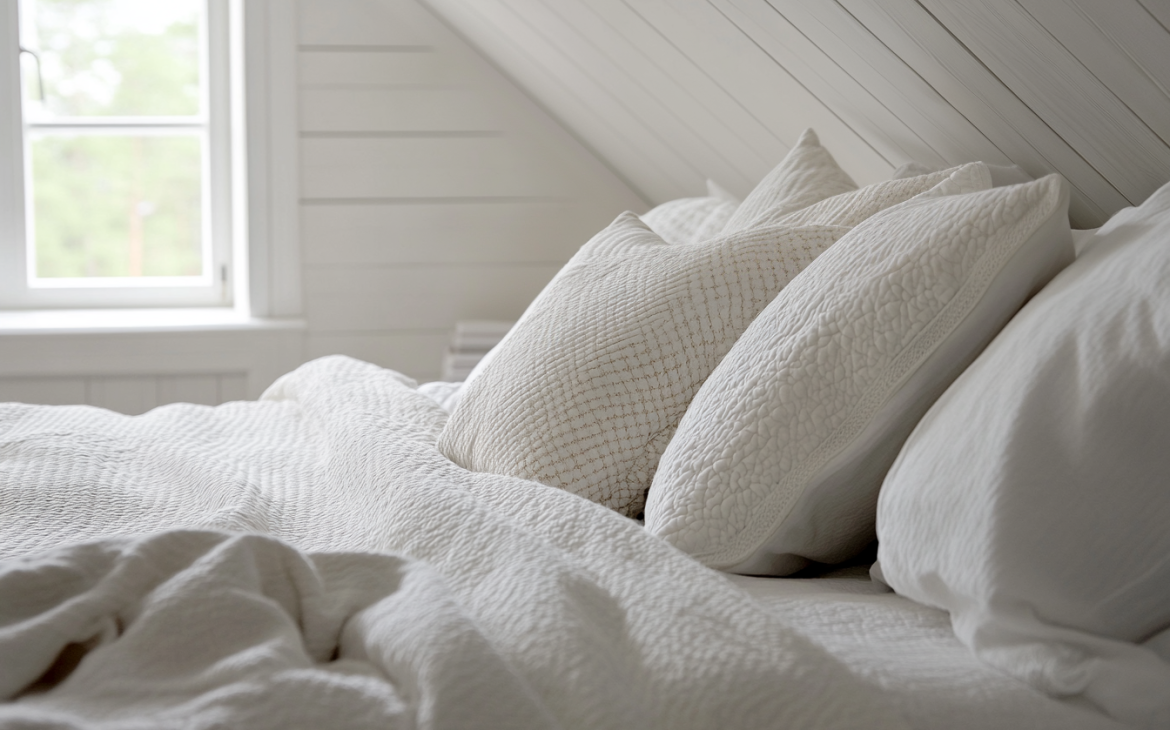
Emphasize what you can’t hide. Make an old fireplace or intrusive pipes the focal point of the room by painting them a dark color. Keep the other surfaces light.
Color pairings add depth to a space and can help define different functions. Use different shades of the same color or draw inspiration from elements like a rug. Architectural features like alcoves and columns naturally separate different colors.
The paint’s gloss level affects the final look. A glossy finish reflects light but appears darker than a matte one. A glossy floor can make a room feel more open and airy.
To deepen your understanding of crafting unique and personalized spaces, consider acquiring my book, A Guide to Home Design, available on Amazon. This guide offers a comprehensive exploration of various design principles tailored to distinct environments, providing you with the knowledge and inspiration needed to transform any space. If you want to learn more about the colors in Interior design, buy my book Color theory in interior design from Amazon.
